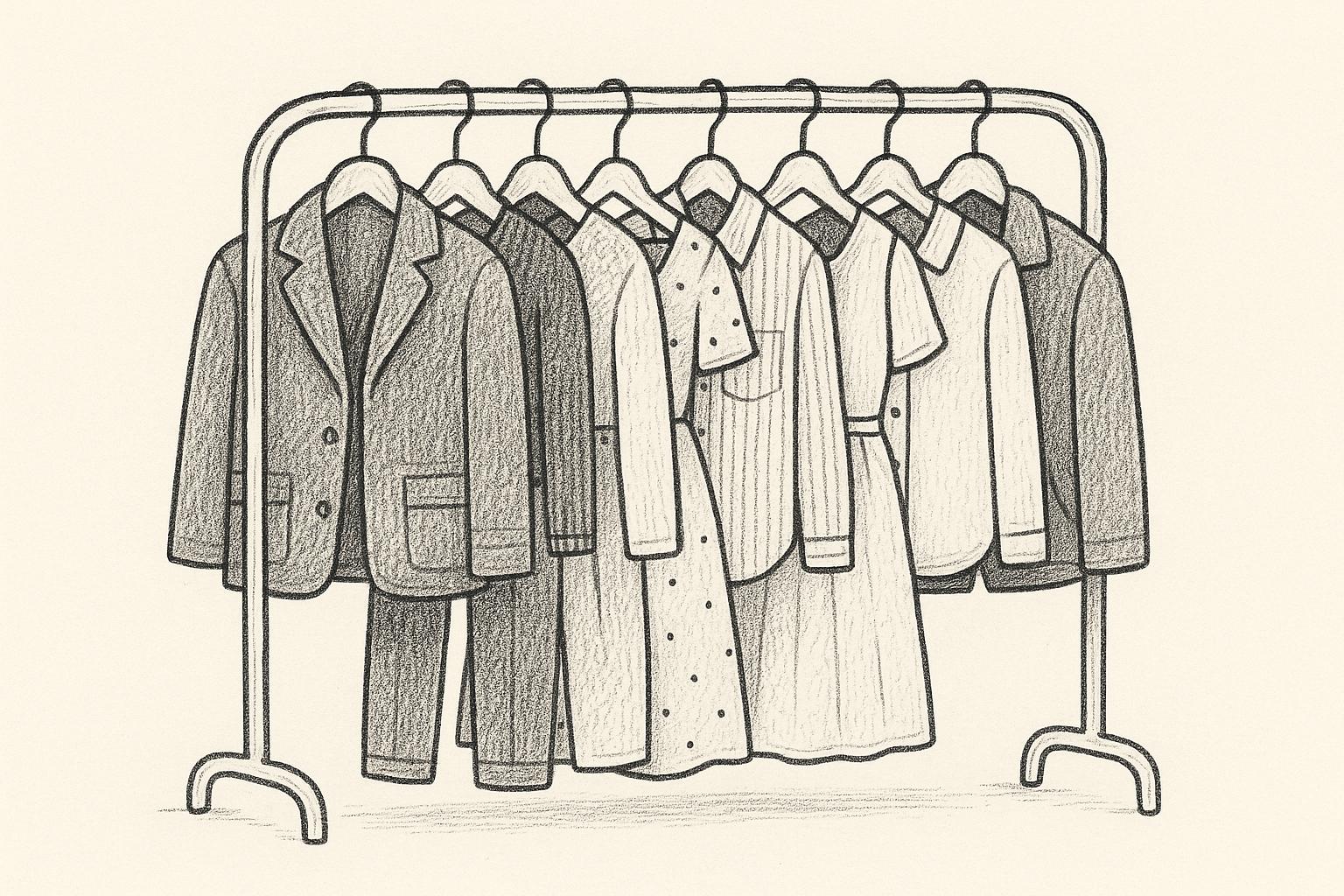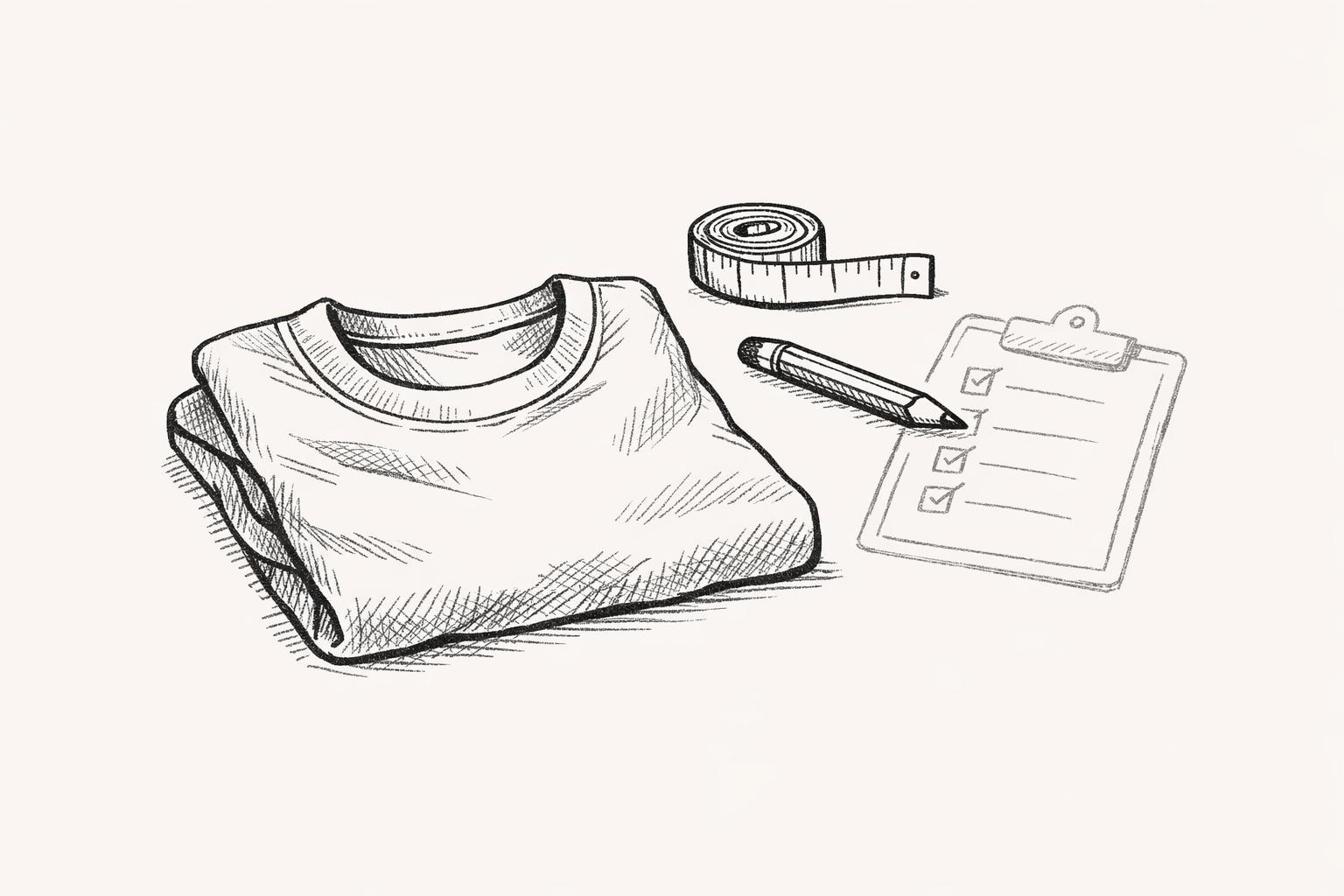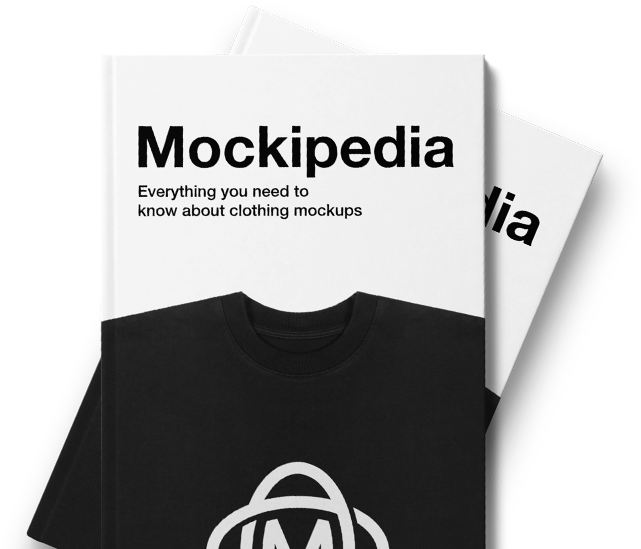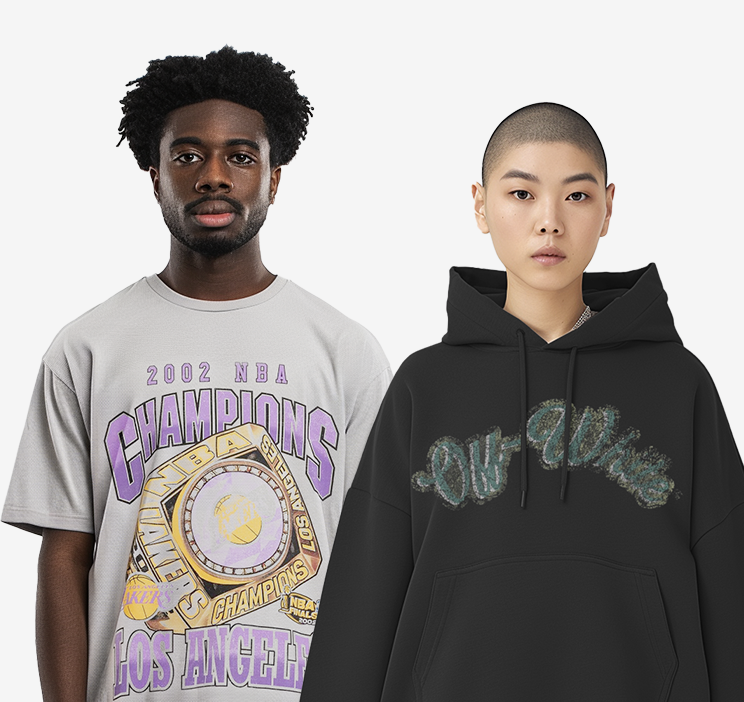Creating a clothing collection that sells out is a dream for many designers and brand owners, but it’s not achieved by mere luck or throwing random items together. It requires strategy, creativity, and a deep understanding of your brand and audience. In this guide, we’ll dive into how you can systematically build collections that drive revenue, strengthen your brand identity, and build loyal customer bases – straight from the insights of Marshall, the founder of Tame Psychotic, a brand recognized as one of the fastest-growing clothing brands of 2025.
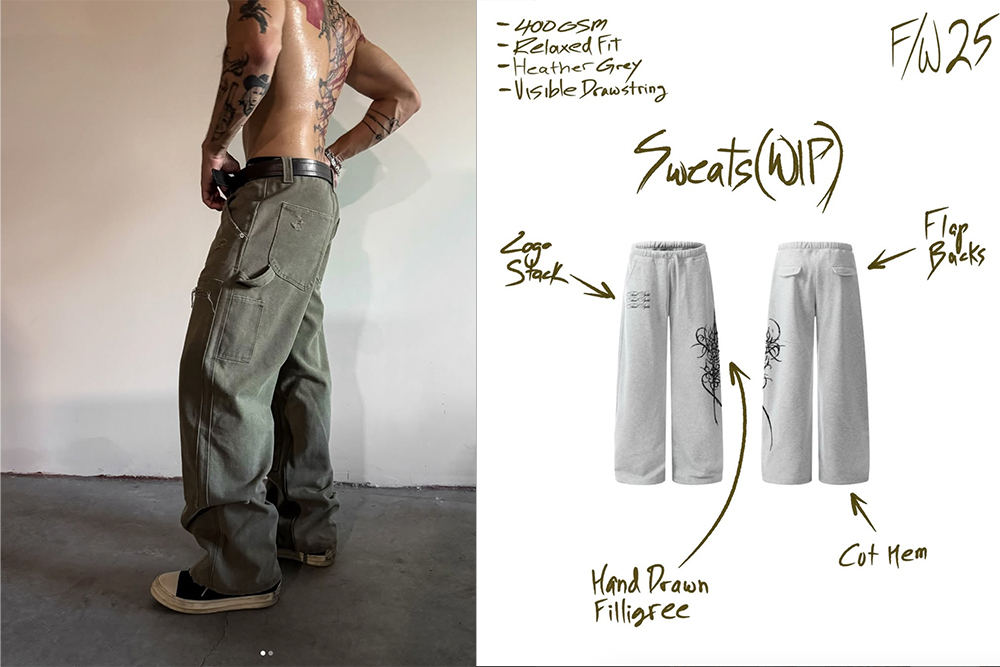
Beyond the Basics: Engineering for Success
Most resources on creating collections focus on technical aspects like developing tech packs, sourcing manufacturers, and placing bulk orders. While those steps are necessary, they don’t guarantee financial success. Marshall emphasizes a transformative approach – engineering collections with purpose and intent to ensure they sell out, rather than leaving you with unsold inventory.
He shares his personal journey of trial and error, from launching random collections that flopped to creating a methodology that has enabled his brand to consistently achieve sellouts, generating up to $150,000 in revenue within 30 minutes of a drop.
The key? Viewing your clothing collection like a basketball team – where each piece serves a specific purpose and contributes to the overall success of the lineup. Let’s break down this game plan.
sbb-itb-1e8f9ab
The Team Skew Framework: Building a Winning Collection
Every piece in your collection should serve a role, just like players on a basketball team. Here’s the five-category framework Marshall uses to ensure every item in his line contributes to the ultimate goal: consistent sellouts.
1. Signature Items: Your Superstars
Signature items are your brand’s unique, standout pieces that no one else can replicate. These are the items that define your brand’s identity and make it instantly recognizable. For Tame Psychotic, this includes their edgy graphic styles and signature denim designs, featuring details like coffee-stained threads and clasps at the waist.
Signature items take time to develop, but they are your brand’s superpower. They differentiate you from competitors and keep customers coming back.
Takeaway: Focus on creating pieces that only your brand can deliver and perfect them through iteration.
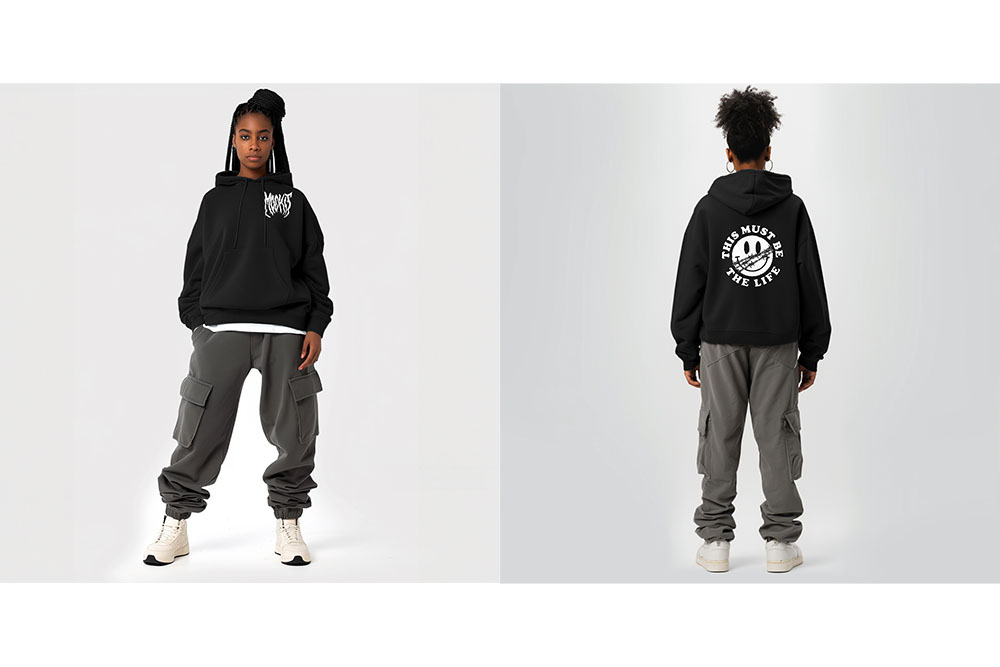
2. Key Pieces: Brand Essentials
Key pieces create consistency across collections and reinforce your brand identity. These are the items that customers instantly associate with your brand, thanks to their recurring design elements. For Tame Psychotic, this includes vintage washes, distressed patterns, and timeless aesthetics across t-shirts, hoodies, and jeans.
Consistency in key pieces builds trust and recognition. Customers are drawn to brands that maintain a cohesive aesthetic and avoid chasing fleeting trends.
Takeaway: Develop a design language that reflects your brand DNA, and ensure it’s present in every collection.
3. Profit Generators: Your Revenue Drivers
Profit generators are items with high margins that drive your bottom line. Marshall advises every brand to identify these ‘money movers.’ For example, Tame Psychotic’s denim and sweatpants provide great margins and consistent sales. Accessories like jewelry or lighters also often fit this category due to their low production costs.
Takeaway: Identify the products that deliver strong profits with minimal costs and include them strategically in every collection.
4. Traffic Drivers: Attention Grabbers
Traffic drivers are bold, statement-making items designed to generate buzz and attract new customers. These pieces are not necessarily the most profitable or wearable, but they keep your brand fresh, creative, and relevant. Examples from Tame Psychotic include parachute slacks and cowhide jackets – items that spark conversation and expand brand awareness.
Takeaway: Don’t be afraid to experiment with daring designs that showcase your creativity and get people talking.

5. Collection Builders: Cohesive Add-Ons
Collection builders are items that work seamlessly with other pieces in your collection. They encourage customers to buy multiple items and help create a sense of unity within your collection. For instance, Tame Psychotic paired ashtrays with lighters in a past launch, incentivizing customers to purchase both items together.
Takeaway: Design items that complement each other and create upsell opportunities.
Steps to Develop Winning Collections
Once you understand the framework, the next step is to translate it into actionable design and production strategies. Here’s how to start turning ideas into reality.
Step 1: Start with Yourself
Your brand should reflect your personal taste and identity. Instead of chasing trends or imitating competitors, focus on creating products you genuinely love. Marshall emphasizes that designing from your own wardrobe ensures authenticity and passion – two qualities that resonate with customers.
Pro Tip: Your personal style becomes your design philosophy. Authenticity leads to stronger creative output.
Step 2: Iterate Your Designs
The first sample is rarely perfect. It often takes two to three rounds of revisions to create a final product that meets your vision. Iteration is where good designers separate themselves from mediocre ones. Be patient and refine details until each piece shines.
Pro Tip: Allow time in your production schedule for multiple iterations to perfect your designs.
Step 3: Test Your Concepts
Before committing to full production runs, test your ideas with your audience. This can be done by posting designs on social media platforms like TikTok or Instagram, or even showing them to friends for feedback. Collect data to validate demand and avoid producing items that won’t sell.
Pro Tip: Testing provides valuable proof of concept and minimizes financial risk.

Step 4: Strategize Production Quantities
Start small and prioritize collecting data over maximizing profits. Marshall advises producing fewer items than you think you’ll need, especially in the early stages, to avoid overstock. Over time, use sales data to fine-tune production levels for different categories.
Pro Tip: Focus on variety and low quantities in the beginning to discover what works best for your brand.
Step 5: Maintain Creative Consistency
Your brand’s DNA should be evident in every collection. While adding fresh ideas is important, ensure that new items align with your existing aesthetic and can be paired with past releases. This reinforces loyalty among returning customers, who will value the consistency.
Pro Tip: New concepts should feel like natural evolutions of your brand, not abrupt shifts.
Why Consistency and Longevity Matter
Marshall highlights the importance of building long-term customer loyalty by maintaining a consistent aesthetic. At Tame Psychotic, this approach has led to a remarkable 63.3% return customer rate. By staying true to their brand identity – rooted in vintage, distressed aesthetics – they’ve cultivated a passionate community of repeat buyers.
Your goal isn’t just to sell products; it’s to create a lifestyle and narrative that customers want to be part of.
Key Takeaways
- Build with Purpose: Don’t throw random items together. Each piece should have a defined role in the collection.
- Use the Team Skew Framework: Incorporate Signature Items, Key Pieces, Profit Generators, Traffic Drivers, and Collection Builders.
- Design for Yourself: Authenticity is key. Create products you personally love and believe in.
- Test Before Committing: Validate demand through small tests before full production.
- Start with Small Quantities: Prioritize data collection over profit in the early stages.
- Focus on Brand Identity: Maintain a cohesive aesthetic across collections for long-term loyalty.
- Iterate Until Perfect: Be patient and refine until you achieve the highest quality.
- Introduce Fresh Ideas Thoughtfully: New designs should evolve naturally within your brand’s existing framework.
- Prioritize Margins Strategically: Use profit generators to drive revenue and traffic drivers to grow visibility.
Final Thoughts
Building a clothing collection that consistently sells out isn’t about luck – it’s about strategy, creativity, and understanding your audience. By implementing the Team Skew Framework, iterating on your designs, and staying true to your brand identity, you can create collections that not only drive revenue but also build a loyal community of customers.
With these principles, you’re not just creating clothes; you’re crafting a brand that tells a story, resonates with people, and leaves an enduring legacy. Start small, stay consistent, and let your passion guide the way.
Source: "How to Sell Out a Clothing Brand Collection Every Time" – Marshall Crews, YouTube, Aug 4, 2025 – https://www.youtube.com/watch?v=rsJ763wH4Is
Use: Embedded for reference. Brief quotes used for commentary/review.
